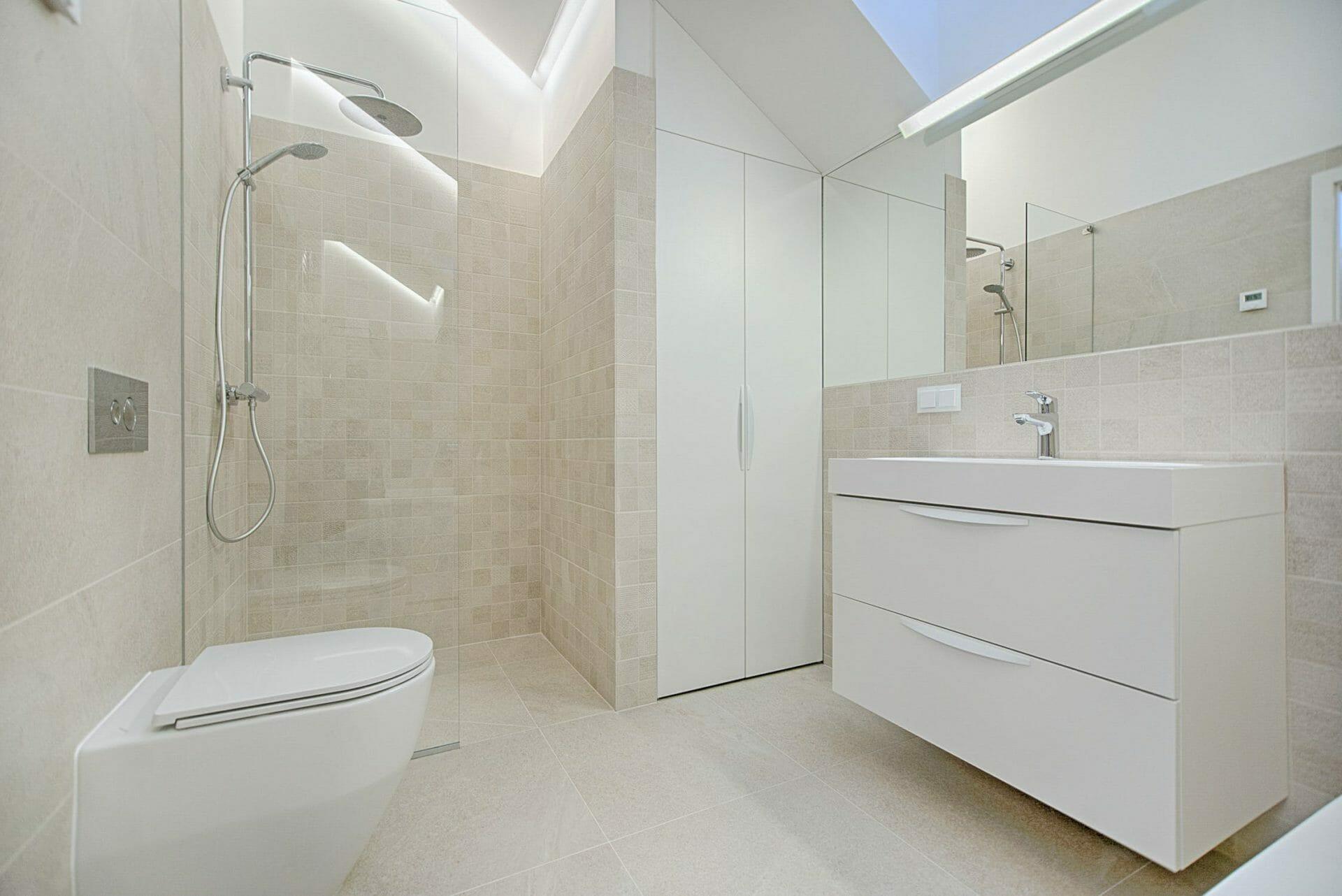So you’ve finally gotten the keys to your new house – what’s next?
When you get the keys to your new house, it’s important to inspect it thoroughly for any defects or issues that may need to be addressed by the contractor. This is regardless of whether it is a new condo/HDB that you’ve moved into, or a resale apartment.
What is a House Defect?
New house defects refer to any issues or faults that arise in a newly constructed home. These defects can vary in severity, ranging from minor cosmetic issues to major structural problems that affect the safety and livability of the house.

Top 10 Common House Defects
There are many potential defects that can arise in a house, some of which may be minor and easy to fix, while others may be more serious and require significant repairs. Here are some common house defects to look out for:
- Roof leaks or damage
- Poor insulation or air leaks
- Plumbing problems, such as leaky faucets, clogged drains, or burst pipes
- Electrical issues, such as faulty wiring or outdated electrical systems
- Structural damage, such as cracks in walls or foundations, sagging floors, or uneven walls
- Dampness or water damage
- Pest infestations, such as termites or bed bugs
- Heating, ventilation, and air conditioning (HVAC) problems, such as malfunctioning systems or poor ventilation
- Poorly installed or damaged windows and doors
- Inadequate ventilation in bathrooms or kitchens, which can lead to mold or moisture issues.
It’s important to address any defects or issues in a house as soon as possible to prevent further damage and ensure the safety and comfort of those living in the home. Regular maintenance and inspections can help identify and prevent defects from occurring in the first place.
How to Check New House Defect: House Defect Checklist
When it comes to Singapore condos, it’s important to inspect your unit thoroughly for any defects or issues that may need to be addressed by the developer or management corporation. Here are some steps to follow when checking for condo defects:
- Check the interior: Inspect the walls, ceilings, and floors for any cracks, stains, or other signs of damage. Look for issues with the paint or wallpaper, and make sure that all doors and windows open and close properly. Check the plumbing system, including faucets, toilets, and showers, for leaks or low water pressure.
- Inspect the electrical system: Test all light switches, outlets, and appliances to ensure they are working correctly. Check the circuit breaker panel to ensure that it is properly labeled and that there are no tripped circuits.
- Look for water damage: Check for signs of water damage, such as stains on the ceiling or walls, or musty smells. This could indicate a leak or other water-related issue.
- Check for proper ventilation: Look for vents and exhaust fans in the kitchen, bathroom, and laundry room to ensure proper ventilation.
- Test the HVAC system: Check the air conditioning and heating systems to ensure they are functioning properly. Look for any issues with the air filters or vents.
- Check for structural issues: Look for cracks in the walls or floors, or any other signs of structural damage.
Take notes and document any issues: As you inspect each area of the condo, take notes and photos of any defects or issues you find. This will help you communicate with the developer or management corporation about any repairs that need to be made.
By following these steps and thoroughly inspecting your Singapore condo for defects, you can ensure that any issues are addressed promptly and that your home is safe and comfortable to live in.
It’s important to address any defects or issues as soon as possible to prevent further damage and ensure the safety and comfort of those living in the condo.
Here’s a helpful video on how to check for new house defects:


![Average Condo Price in Singapore [Updated in Sep 2024] 5 average condo price singapore](https://eth62pbbc4t.exactdn.com/wp-content/uploads/2023/03/paul-szewczyk-nI4aC1kaTRc-unsplash-min-592x444.jpg?lossy=1&quality=92&ssl=1)

